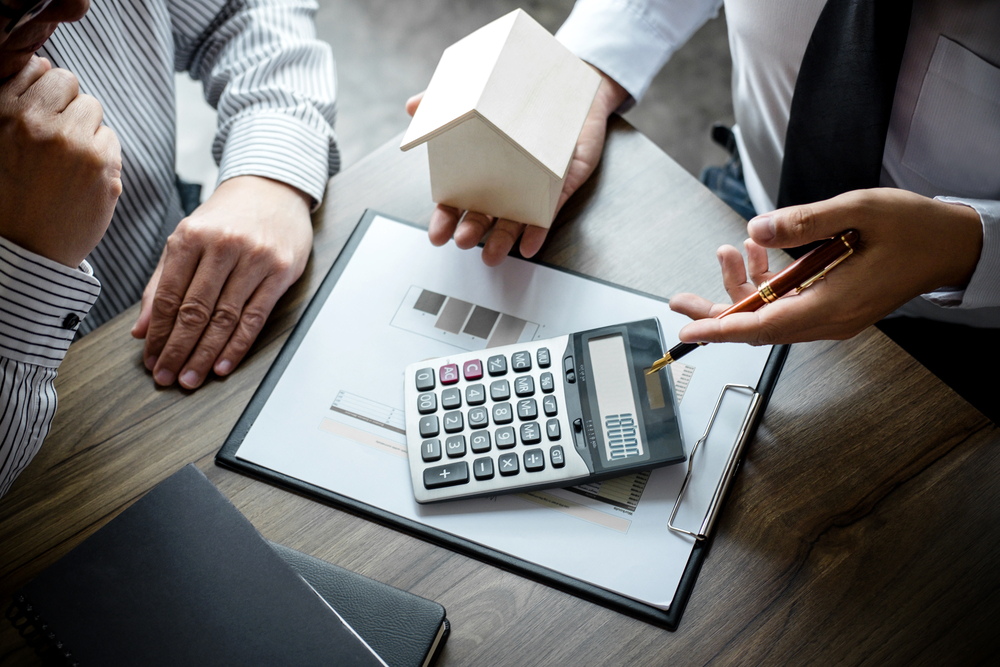Profit, But Is It Worth It?
Writing about this topic brings me back to a time when I was first learning about real estate investing. My dad had been an investor my whole life, working as either a fix and flipper or a hard money lender. When I was in college, I shadowed him over the summers and got my first exposure to the world of real estate investment. It was 2008, and it was a time when foreclosure redemption laws had just changed in Colorado, making foreclosure auctions a very attractive method to acquire properties. My dad and I looked at the foreclosure bid lists every week and try to find which houses penciled and be a good fix and flip opportunity.
We ran the numbers on all of these houses and take into consideration what the foreclosing bank’s bid at auction was, what we expected the cost to rehab the house to be, all of our holding and closing costs, and then determine our projected profit. I remember often being frustrated and disappointed because even though our projections did show a profit, my dad would tell me, “This one is too skinny; we shouldn’t go after this one.” This was his position when we were often looking at a home that we budgeted to show around a $10,000 profit. As a college student, that sounded like a LOT of money to me, so I just couldn’t understand why we wouldn’t bid on those houses.
Reasons A “Skinny Profit” Isn’t Worth The Risk
Fast forward 16 years to 2024. Right now, with all my experience in the industry, would I be willing to do a deal that projected a $10,000 profit? NOT IN A MILLION YEARS. There are countless reasons that I wouldn’t be willing to do this now, and here are the questions that I would like to ask past me when being upset for not targeting a deal with a $10,000 profit:
- What if you find out that the sewer line needs to be replaced? …easily $12k-15k of profit gone
- What if there is a historic rise in interest rates, faster than at any time in the history of the country? …now you have to sell for less than expected and pay up to 3% in concessions at closing, which doesn’t happen as fast as expected, meaning higher carrying costs
- What if every single line item of your budget was low by 10-15% because of supply chain issues?
- What if your contractor gets into a car accident and you can’t find somebody else who can do it on the same timeline or for the same price?
- What if you discover unsafe wiring or disintegrating galvanized plumbing when you start opening walls and end up having to replace all of the wiring and plumbing, which wasn’t in your budget?
- What if you have squatters break into the house and damage all your work when it’s almost complete?
- What if somebody breaks in and steals all of your brand-new appliances?
- What if? What if? What if?
These are just a few real-life situations that I’ve either experienced myself or have heard of happening through colleagues that I’ve worked with over the years. All of the scenarios will cause your rehab budget and/or carrying costs to go up, and/or your ARV to go down—all of which squeeze your profit margin, turning what penciled to be a profitable deal into a money pit.
Your Projected Profit Should Be Big Enough To Cushion The Unknown
The bottom line is you never know what kind of problems you may run into when doing a fix and flip—heck, you might have no issues, come in under budget, quicker than anticipated, and sell for more than you originally budgeted. If that’s the case, then the additional profit is gravy, but I will say, it’s rarely the case that I ever hear of somebody coming in under budget and finishing the project faster than expected. Savvy investors know not to get into a deal that has a skinny profit margin under the best-case scenario, because more than likely, it won’t turn out to be the best-case scenario.
When analyzing a potential deal’s profitability, it is vitally important to make sure the projected profit is big enough to cushion the unknown—increases in rehab costs, increased carrying costs, as well as decreases in resale value—and still make the project a safe investment with enough profit for it to be worth your time and risk. While it may sound worth it to make $10,000 on a fix-and-flip deal when looking at the numbers, ask yourself, “What happens if any number of the scenarios (or infinite others) occur during my project? Will I still make money? Will I lose money? …or is it just worth it to fight another day and find a better deal with a bigger spread?”

